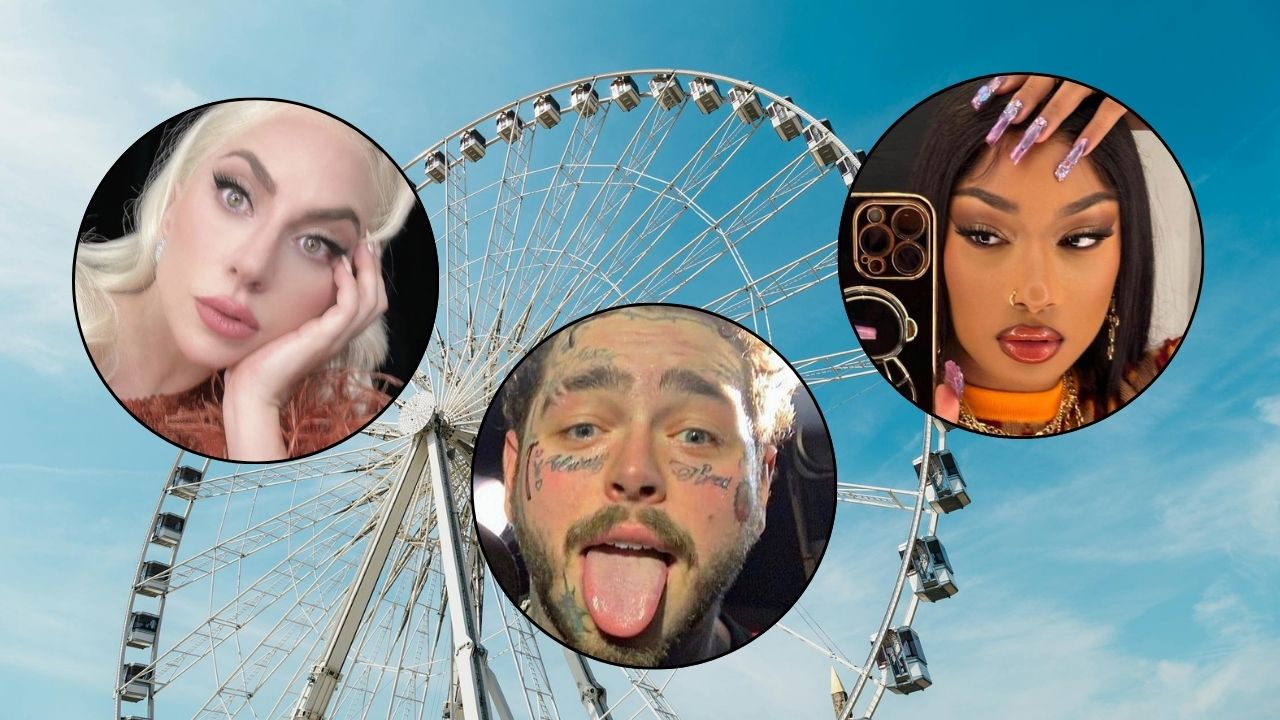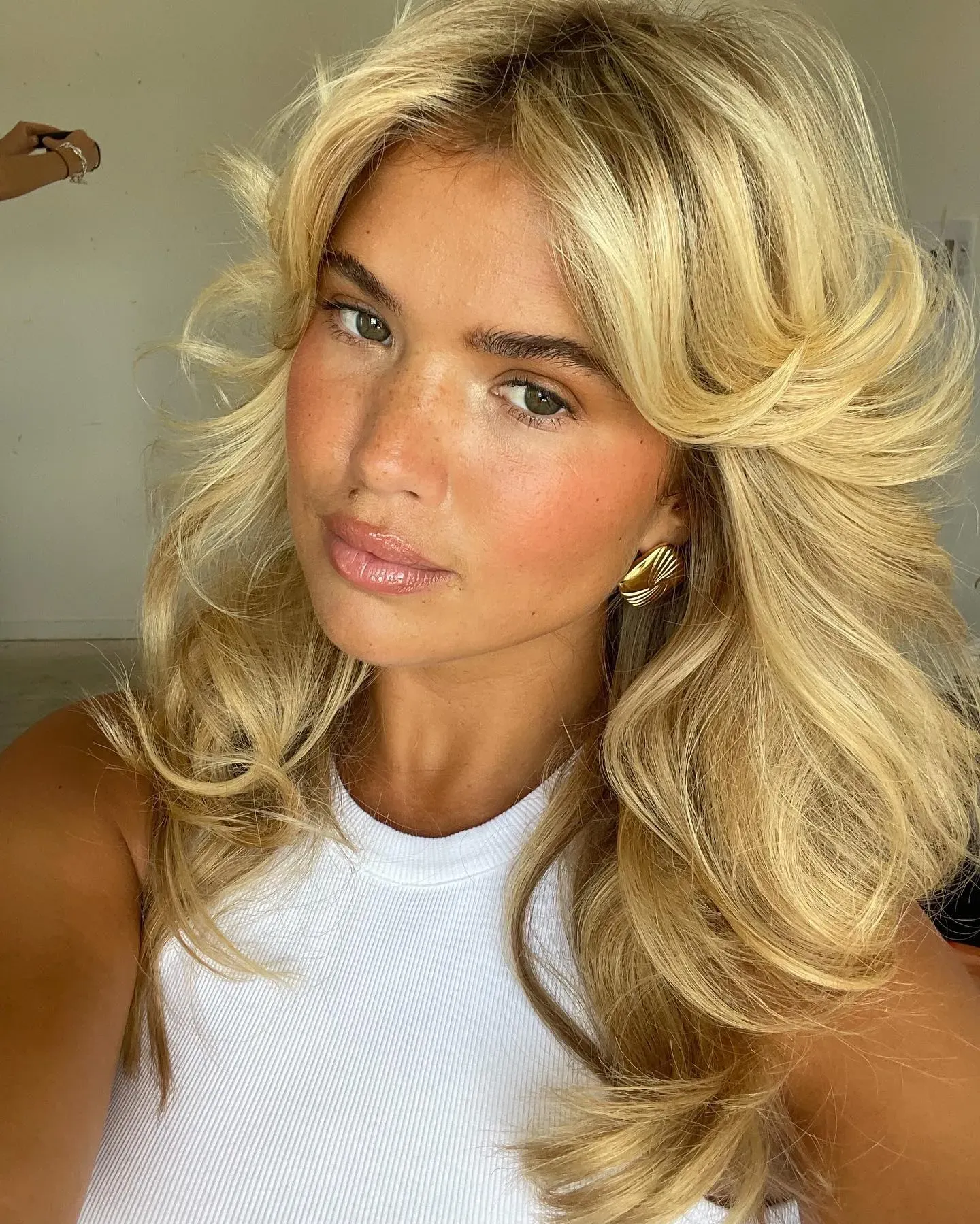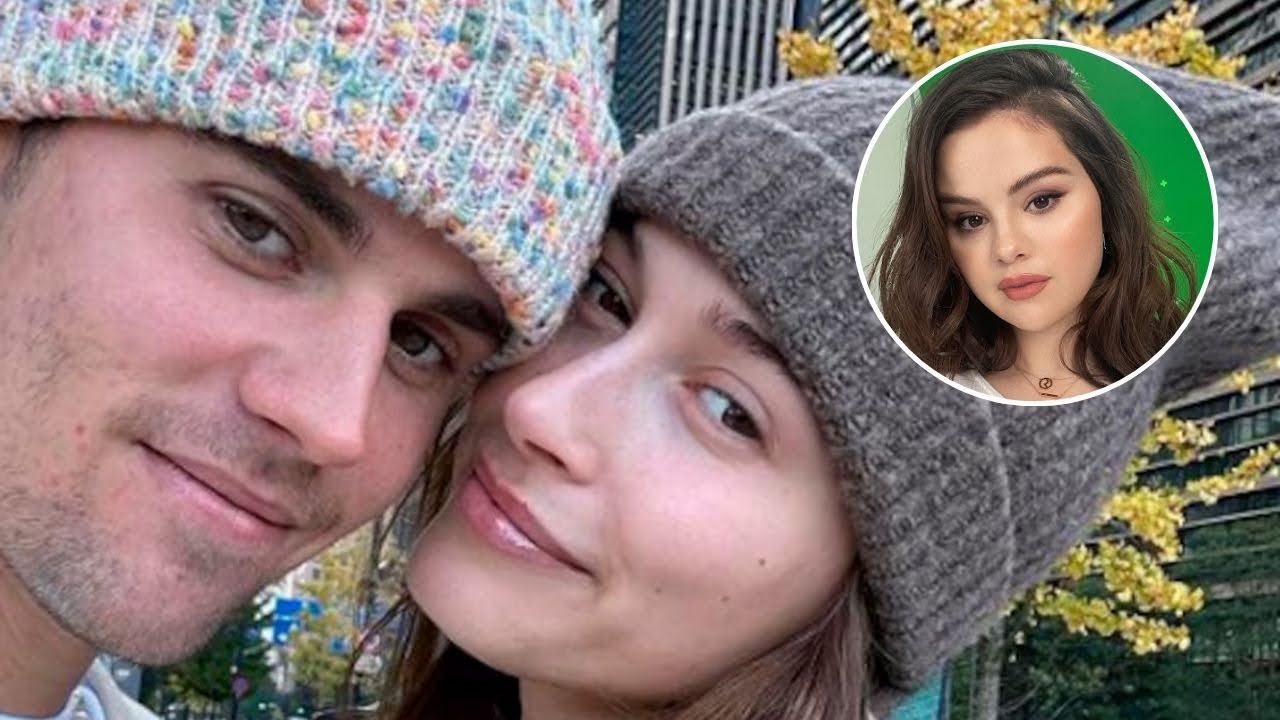CULTURE
Disney Signed a Contract Agreeing to Respectfully Depict Indigenous People in “Frozen II”
20 Nov, 19

Frozen
Disney
In the first Frozen movie, Disney received criticism for its erasure of Indigenous peoples.
While making the sequel, which heavily involves an Indigenous community in the plot, they made an effort to learn from their mistakes.
Frozen: An Insensitive Portrayal of Indigenous Communities
There were numerous issues with the first film’s representation of Indigenous culture. For example, the movie opened with a chant that sounded familiar to members of the Sámi, who are the Scandinavian indigenous communities. After all, it was a song called “Vuelie,” written by South Sámi musician Frode Fjellhem. The song is inspired by a form of Indigenous music known as “joik,” which is an ancient kind of singing that was outlawed during the period when Nordic Indigenous communities were overtaken by Christians looking to suppress any sign of paganism or non-Christian faiths.
” Vuelie ” – Frozen 2 (2019)www.youtube.com
Cantus Eatnemen Vuelie by Frode Fjellheimwww.youtube.com
The character Kristoff also received some flack, as he was dressed in what looked like traditional garb for Sámi reindeer hunters, despite being blonde-haired and blue-eyed. (It’s true that some Sámi people have blonde hair and blue eyes—but this is, of course, “the result of forced assimilation and ethnic cleansing for over a century,” according to Radheyan Simonpillai of NOW Toronto).
Frozen II: Indigenous Narratives Brought to the Fore
Upon learning that Frozen II’s directors were trying to sensitively incorporate Indigenous narratives into the film, members of the Sámi parliament reached out and expressed a desire to collaborate. Together, the Frozen filmmakers and the parliament members agreed that the film would hire a group of expert cultural consultants and that Disney would enter into a ceremonial contract with parliament reps. The document they produced codifies Disney’s “desire to collaborate with the Sámi in an effort to ensure that the content of Frozen 2 is culturally sensitive, appropriate, and respectful of the Sámi and their culture.”
In exchange for the Sámi parliament’s feedback, Disney agreed to release a version of Frozen II dubbed in one Sámi language, and they also agreed to help with learning programs that work with Scandinavian Indigenous communities.
The sequel that arose from all this heavily uses Indigenous stories and themes. Plot-wise, it finds the kingdom of Arendelle threatened with destruction by angry spirits of the Earth’s four elements. Elsa encounters a tribe called the Northuldra, a group of native people who live in the mountains above Elsa’s castle and whose knowledge proves to be important to the kingdom’s survival. (This narrative is, most likely, a thinly veiled reference to the fact that Indigenous knowledge is invaluable in learning how to combat environmental destruction).
The Sámi people are also featured singing “Vuelie,” and additionally, the film includes traditional Indigenous dress. This use of Indigenous clothing was a delicate subject, as far too often Indigenous dress is fodder for non-Indigenous Halloween party-goers.
Bittersweet Victories: The Thin Line Between Tokenization and Solidarity
According to some, the film’s decision to represent an Indigenous community felt more like a sidenote patched onto the film’s plot. “That the movie concerns tension between the Scandinavian-looking people of Arendelle and their almond-eyed, buckskin-wearing (don’t tell Sven) Indigenous neighbors ought to give the movie plenty to work with, but it’s got little to do with the underpinnings of Frozen, which is about the cost of emotional repression and not the historical misdeeds of colonialism,” writes Sam Adams in Slate.
Inevitably, a film created by white people like Frozen will never adequately represent Indigenous peoples. That will happen when Indigenous people are given the ability to create their own films and franchises and are compensated for their work.
Still, Anne Lájla Utsi, the managing director at the Sámi Film Institute, expressed satisfaction with the deal. “This is a good example of how a big, international company like Disney acknowledges the fact that we own our own culture and stories. It hasn’t happened before,” she said. It’s bittersweet to think that Disney is only just setting a precedent after a century of culturally insensitive content—but it’s also better than nothing, right?
FROZEN 2 | 2019 New Trailer | Official Disney UKwww.youtube.com
- The Inspiration for Frozen – D23 ›
- 11. Vuelie (feat. Cantus) – Frozen (OST) – YouTube ›
- Sisterlove, Racism, and Disney’s Frozen ›
- Sami Vatanen – Fantasy Hockey Game Logs, Advanced Stats and … ›
- Disney signed a contract with Indigenous people before making … ›
- ‘Frozen 2’ Will Get Sámi Language Version | Animation Magazine ›
- Sámi groups hope Disney warms to collaboration on ‘Frozen’ sequel … ›
- Kristoff (Frozen) – Wikipedia ›
- Disney’s Upcoming ‘Frozen 2’ Inspired By The Scandinavian Sami … ›
- Disney’s Frozen Whitewashing Controversy | Know Your Meme ›














